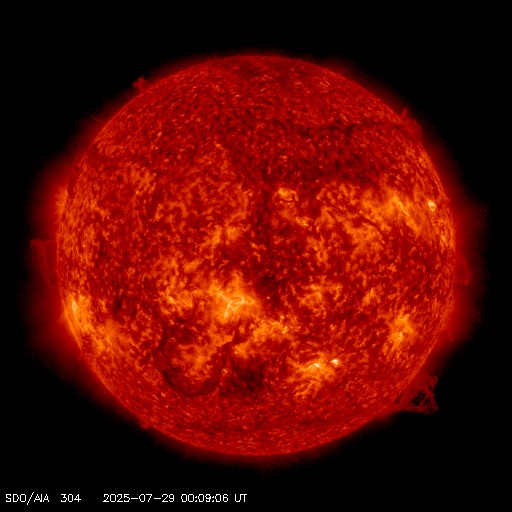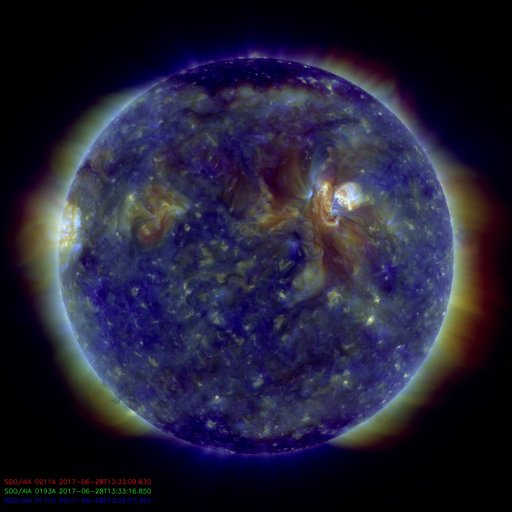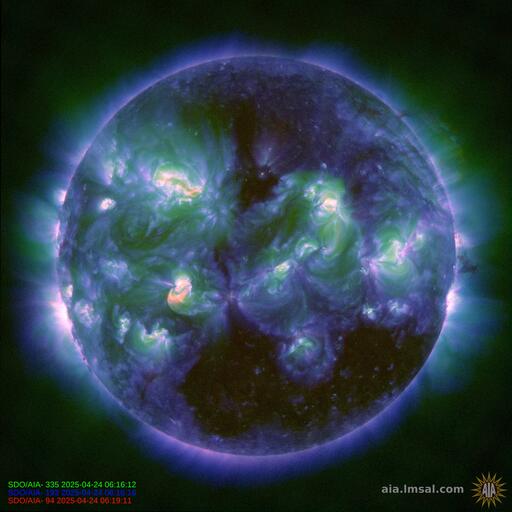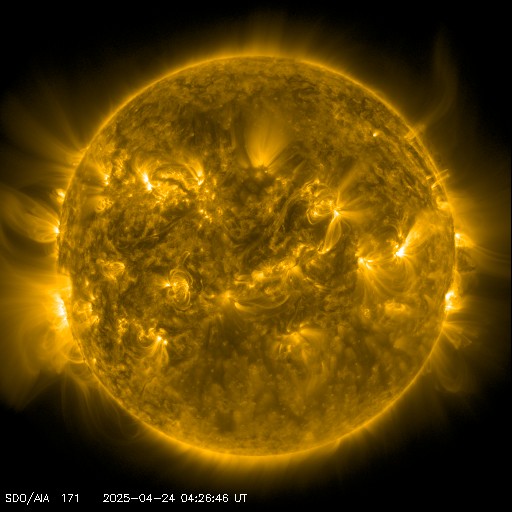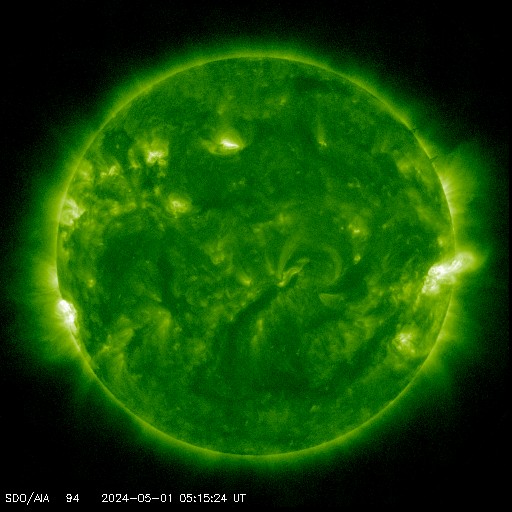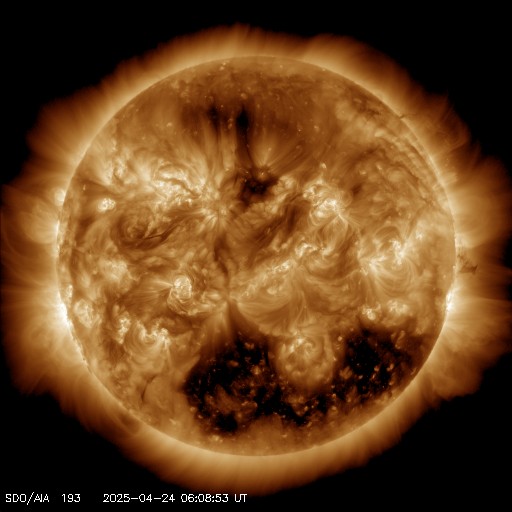Today, we see an increase in solar Xray activity with a a string of C class flares. C1.4, C7.9, C1.5, C2.7, C7.7, C5.3 and a C2.7. This is due to us seeing the return of old sunspot regions 1402 and 1401 as they appear just over the Eastern limb.
Old sunspot region 1402 has remained a strong sunspot region in it's rotation around the backside of the solar disk.
This region will be making it's official return tomorrow sometime, when it will be renamed by NOAA and given a new number.
Expect solar activity to increase as these regions rotate into a more Earth directed position.
Here is a list of M and X flares we seen from old sunspot region 1402 and 1401 on their last rotation in a Earth facing position
X1.7 Flare on 1/27/2012 @ 18:33 UTC - Sunspot 1402
- CME produced ETA: 16:00 UTC Jan 30, 2012
M8.7 Flare on 1/23/2012 @ 03:59 UTC - Sunspot 1402
- LDE lasting 8hrs
- CME produced ETA: 22:00 utc Jan 24, 2012
M1.1 Flare on 1/23/2012 @ 03:04 UTC - Sunspot 1402
- LDE lasting 8hrs
- CME produced ETA: 22:00 utc Jan 24, 2012
M2.6 Flare on 1/19/2012 @ 15:30 UTC - Sunspot 1402
M3.2 Flare on 1/19/2012 @ 16:05 UTC - Sunspot 1402
- This was a double flare event
- LDE lasting 13hrs. starting 13:43 Jan 19 - ending aprox. 03:00 UTC Jan 20th
- CME produced ETA: 22:00 utc Jan 21, 2012
M1.7 Flare on 1/18/2012 @ 19:12 UTC - Sunspot 1401
M1.0 Flare on 1/17/2012 @ 04:53 UTC - Sunspot 1401
C6.5 Flare on 1/16/2012 @ 04:44 UTC - Sunspot 1402
- LDE lasting 4 hrs. starting 02:36 - ending 06:46
- CME Produced ETA Jan 20th 2012
M1.4 Flare on 1/14/2012 @ 13:18 UTC - Sunspot 1401

